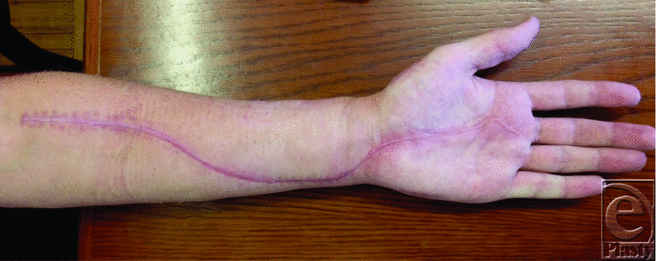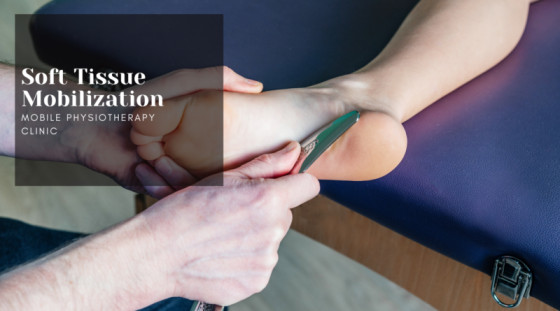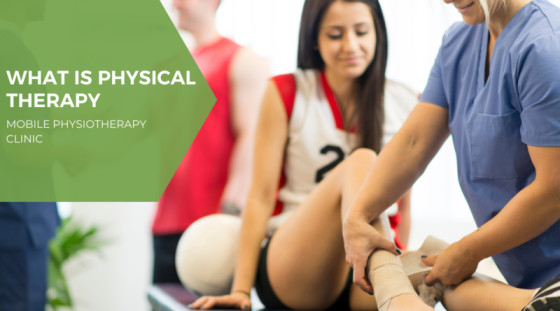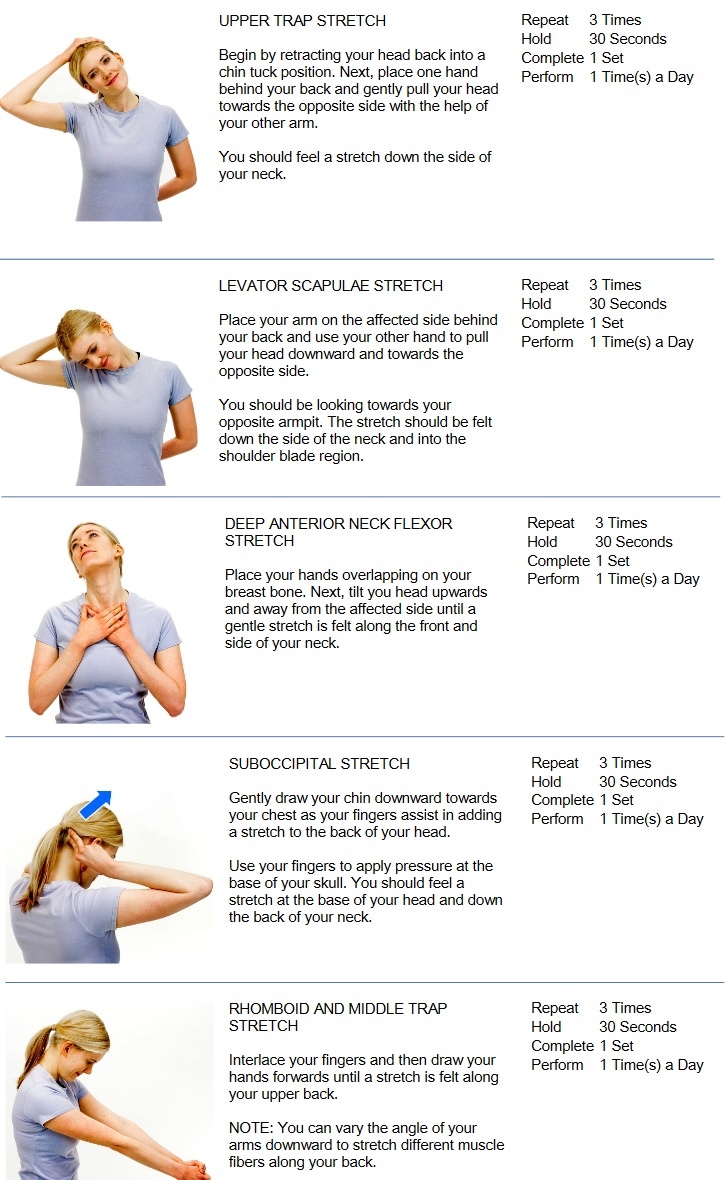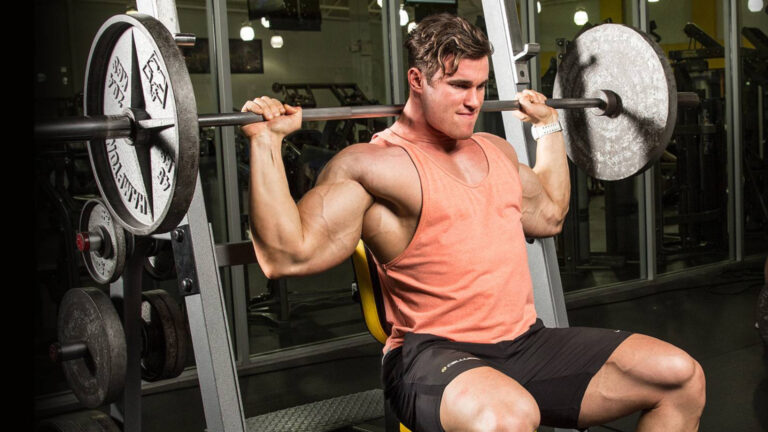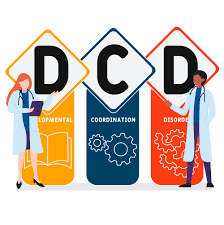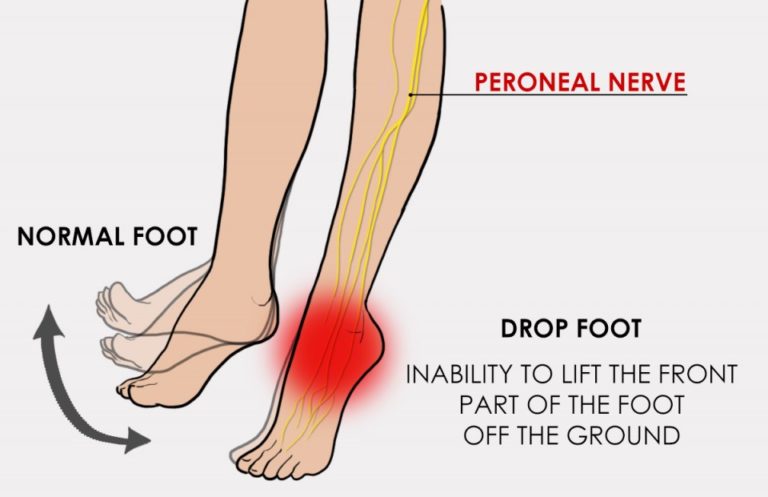Compartment Syndrome of the forearm: Cause, Symptoms, Diagnosis, Treatment
What is Compartment Syndrome of the forearm? Compartment means a group of muscles, blood vessels, and nerves. A thin but firm covering called a fascia lies over each compartment. It keeps the muscles in place. But the fascia is not meant to stretch or expanded much. This Syndrome of the forearm is a condition in…

